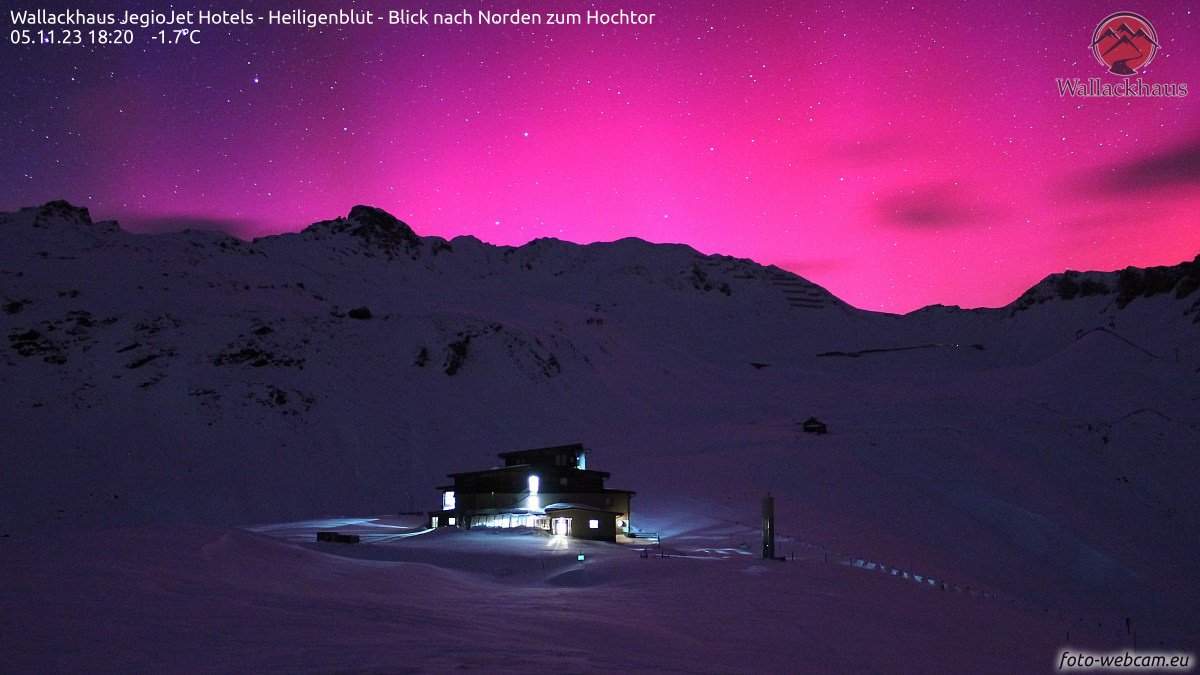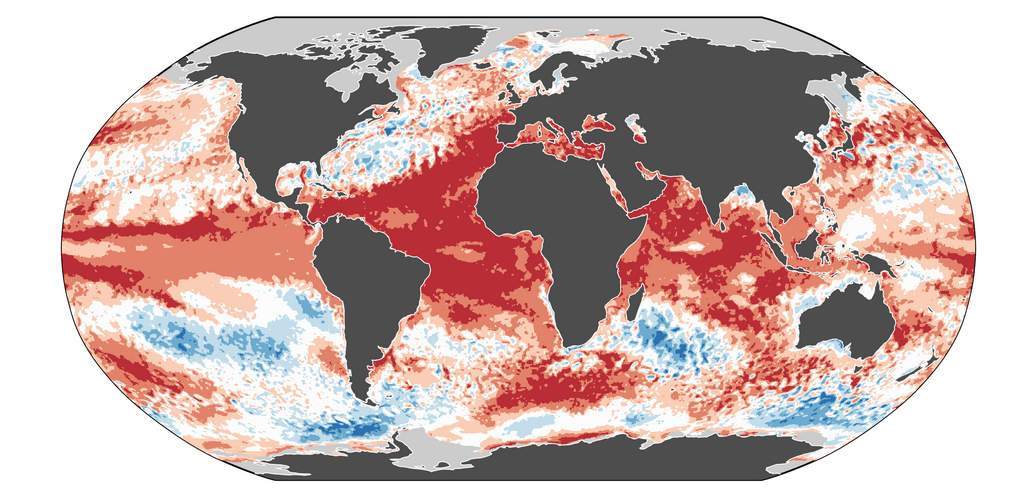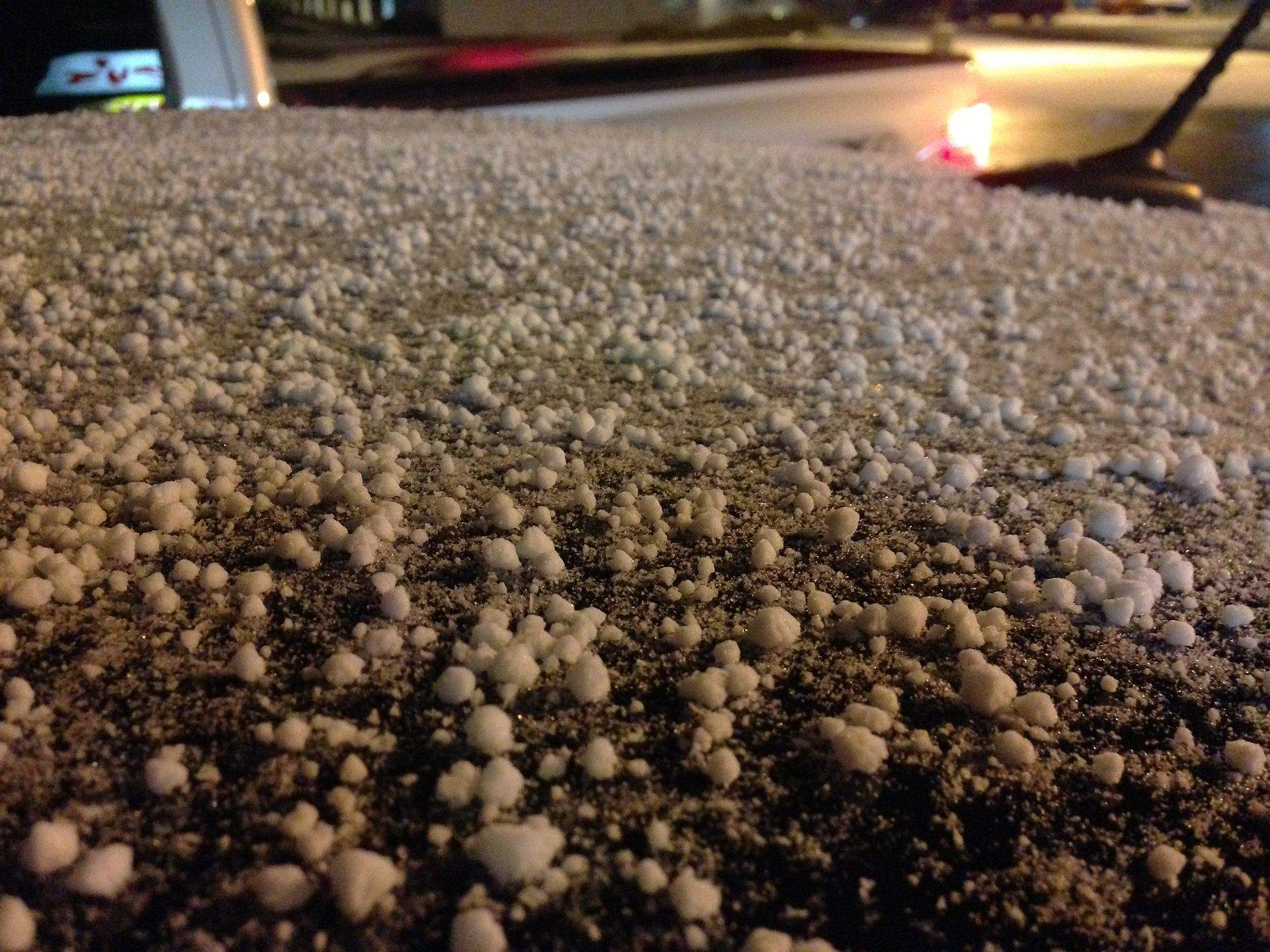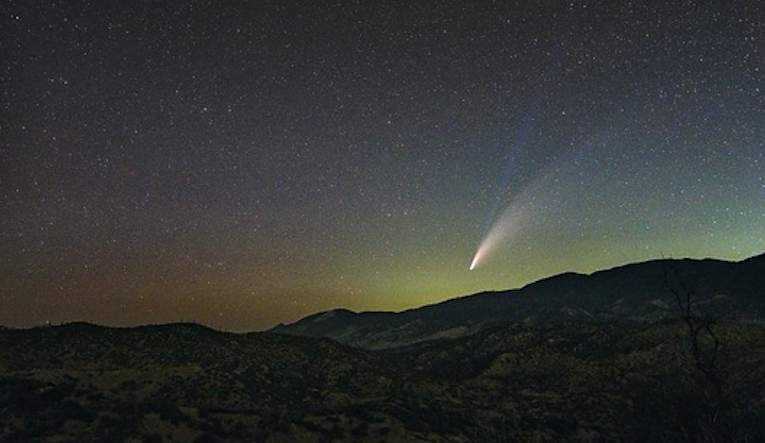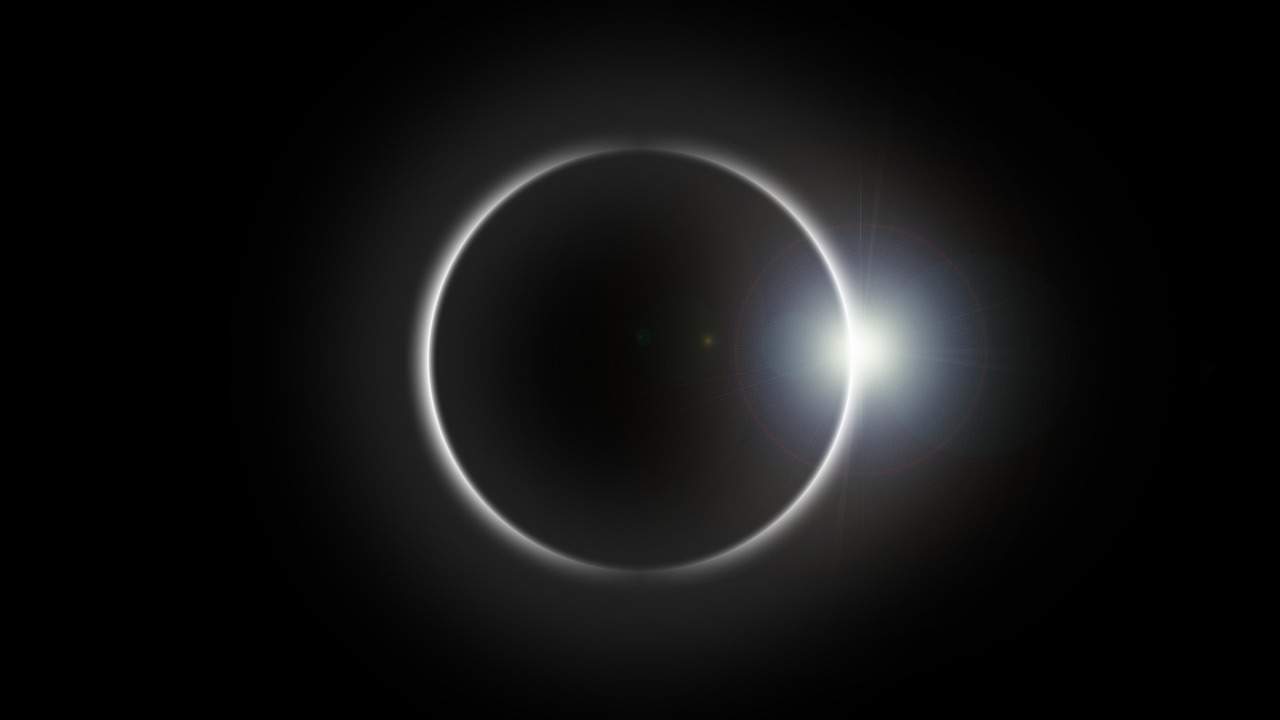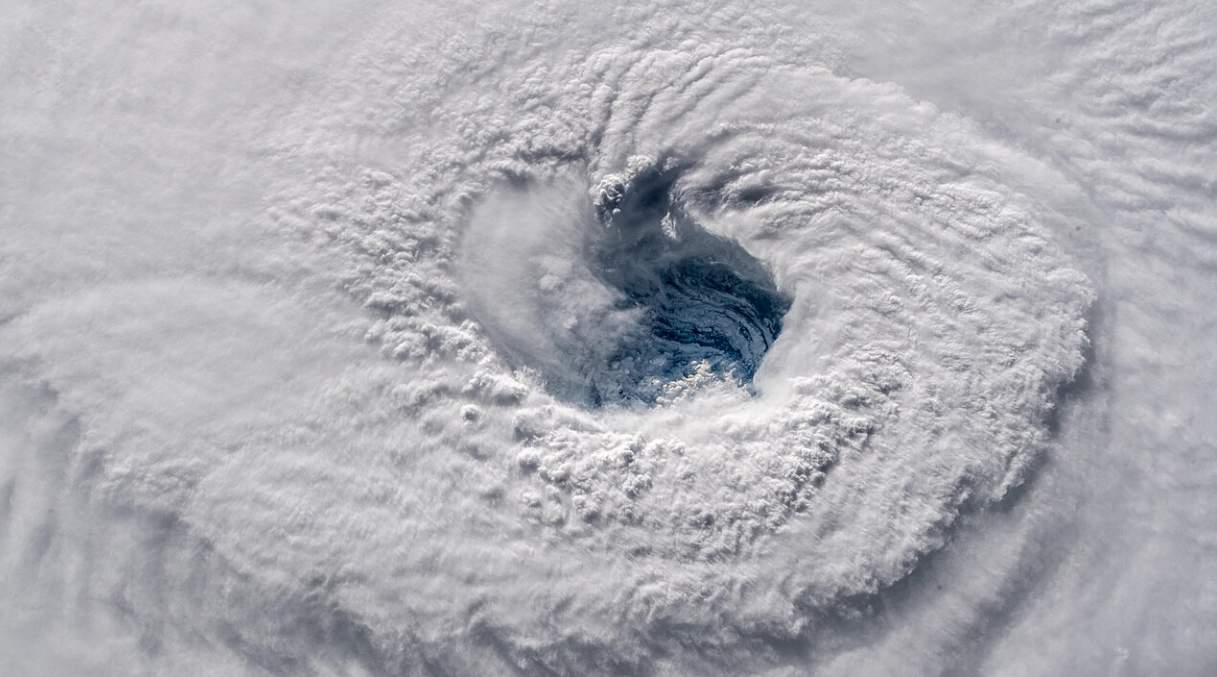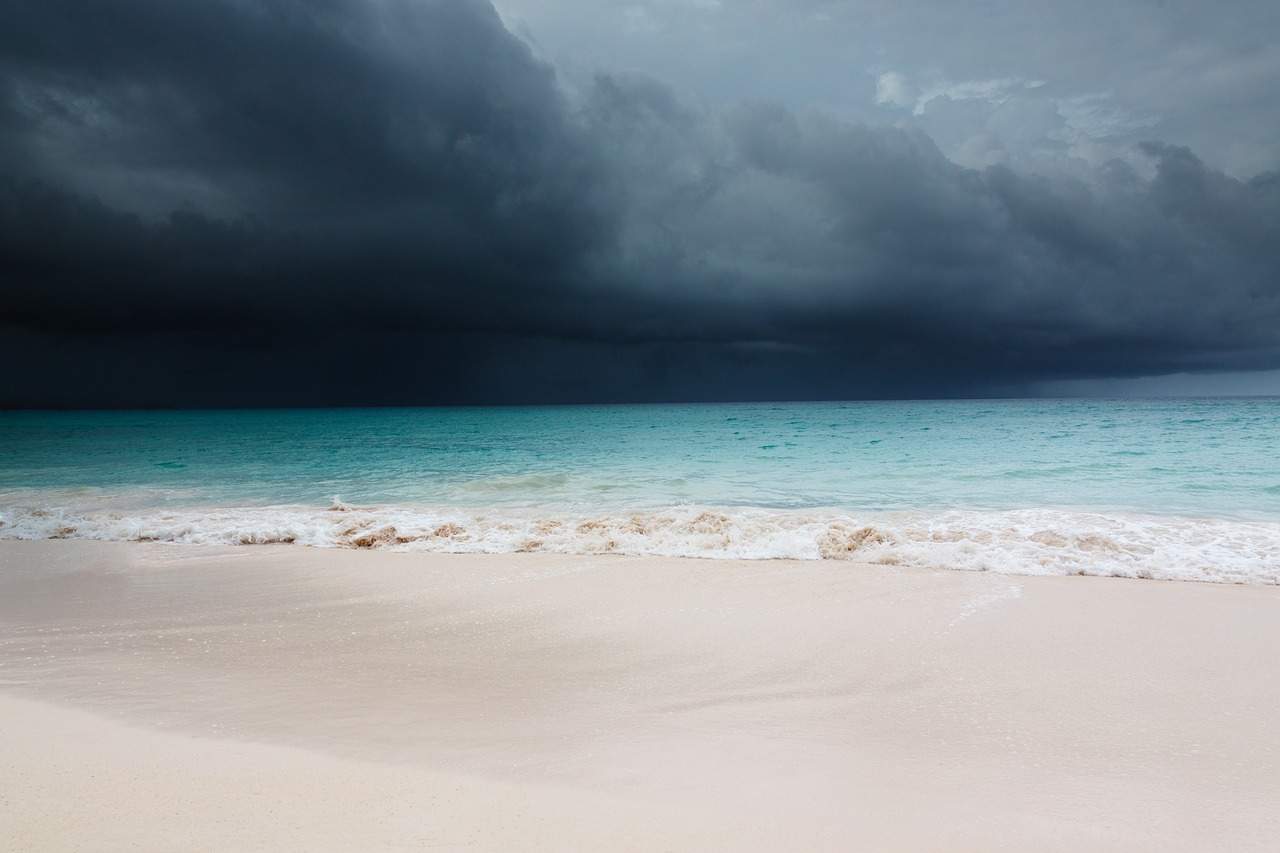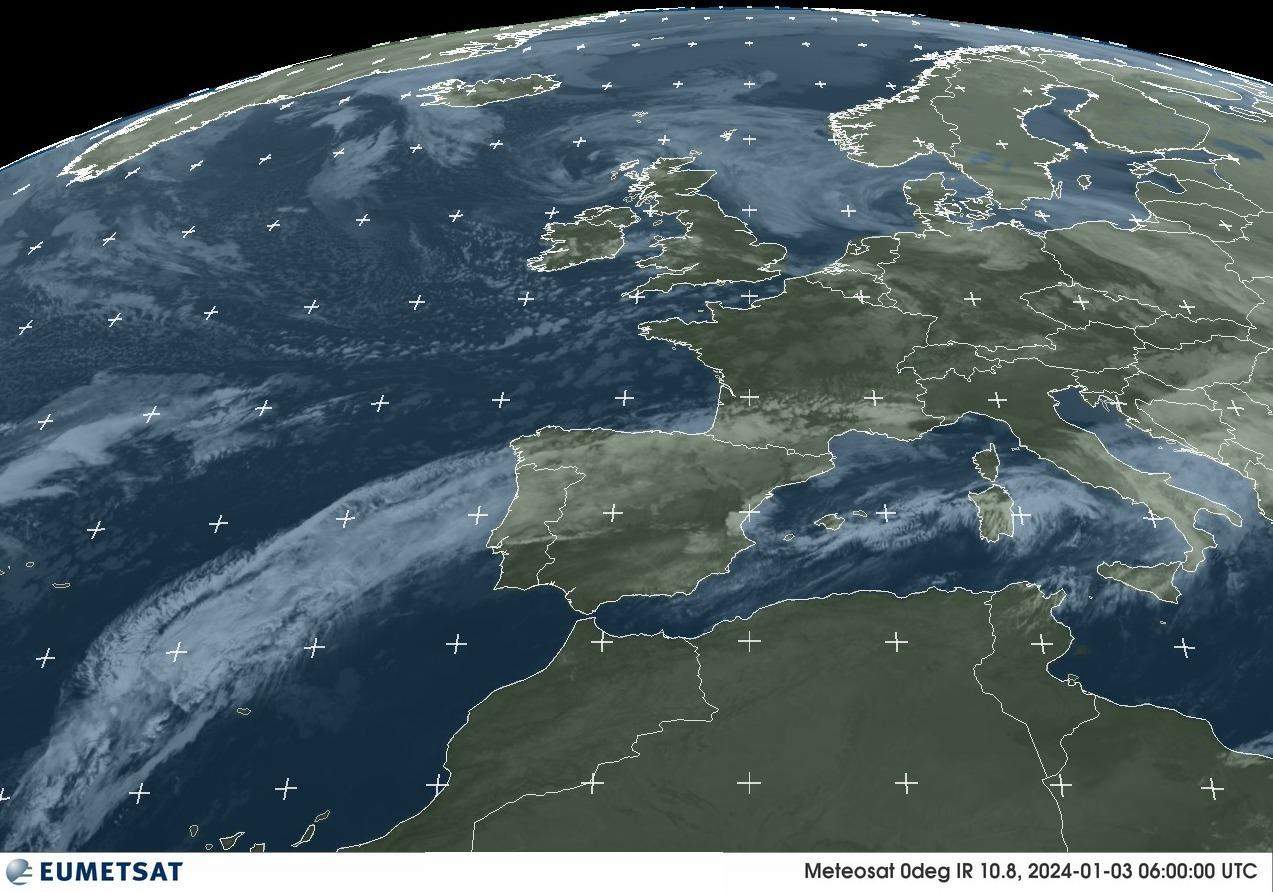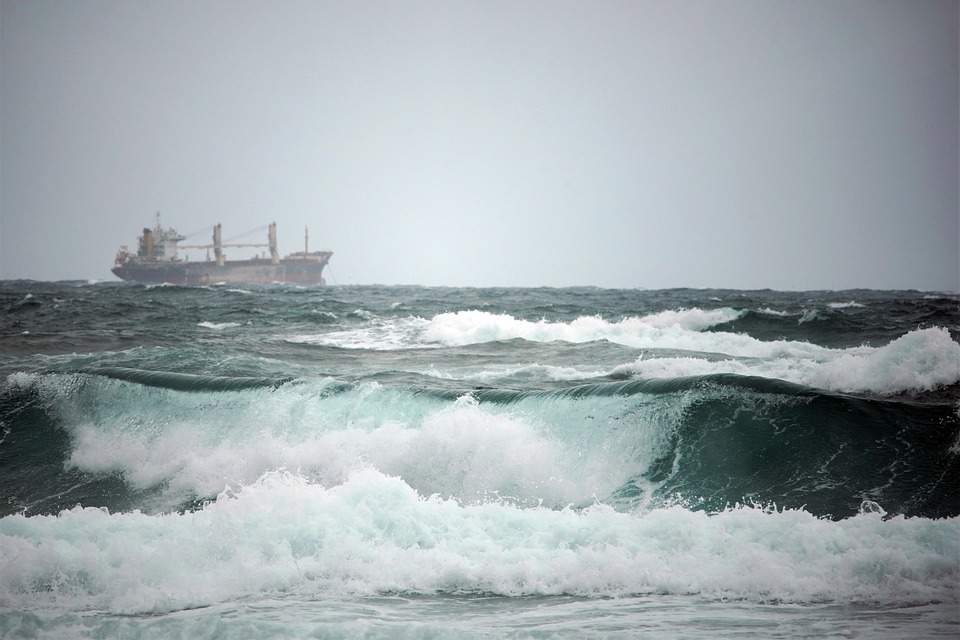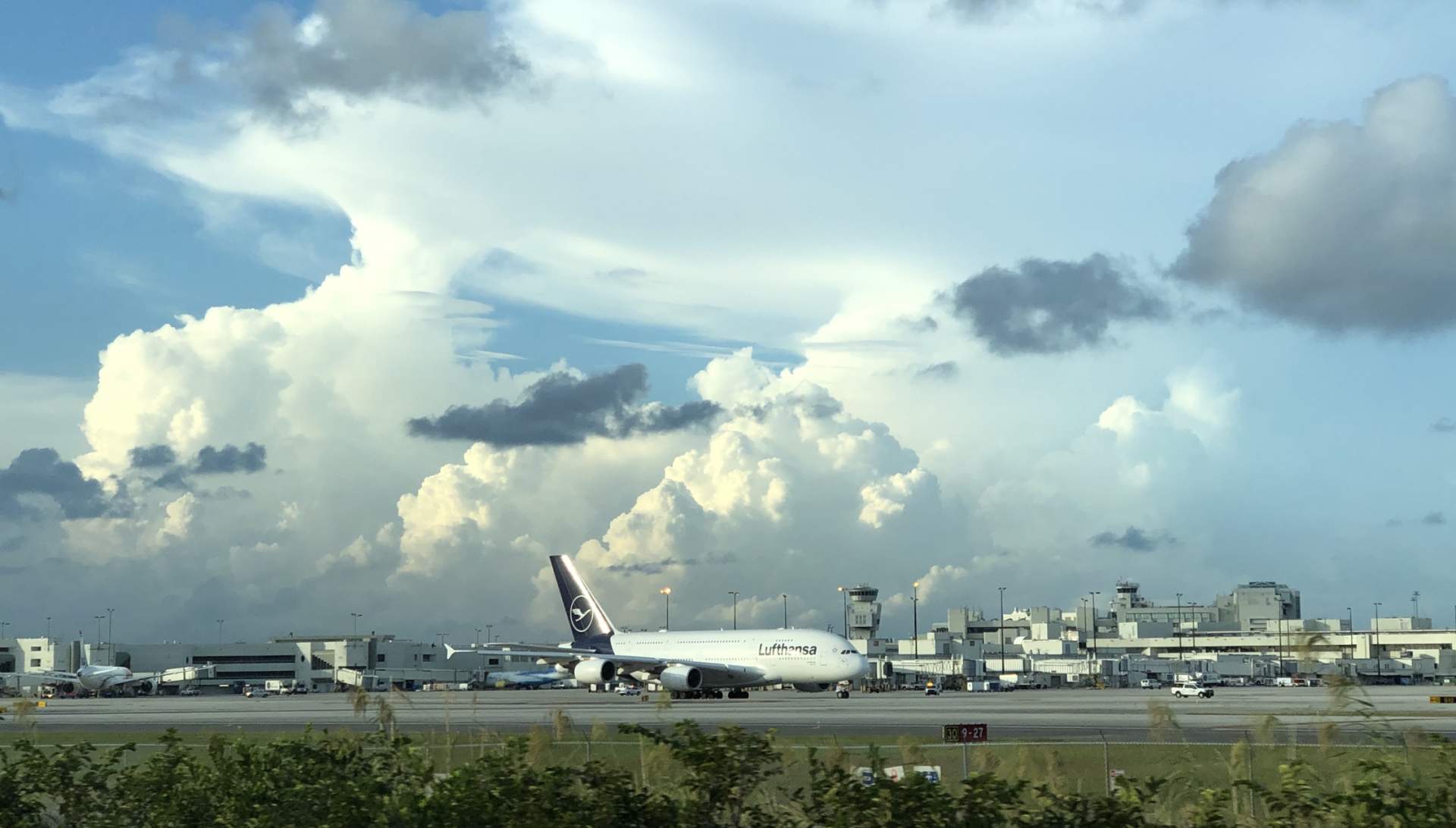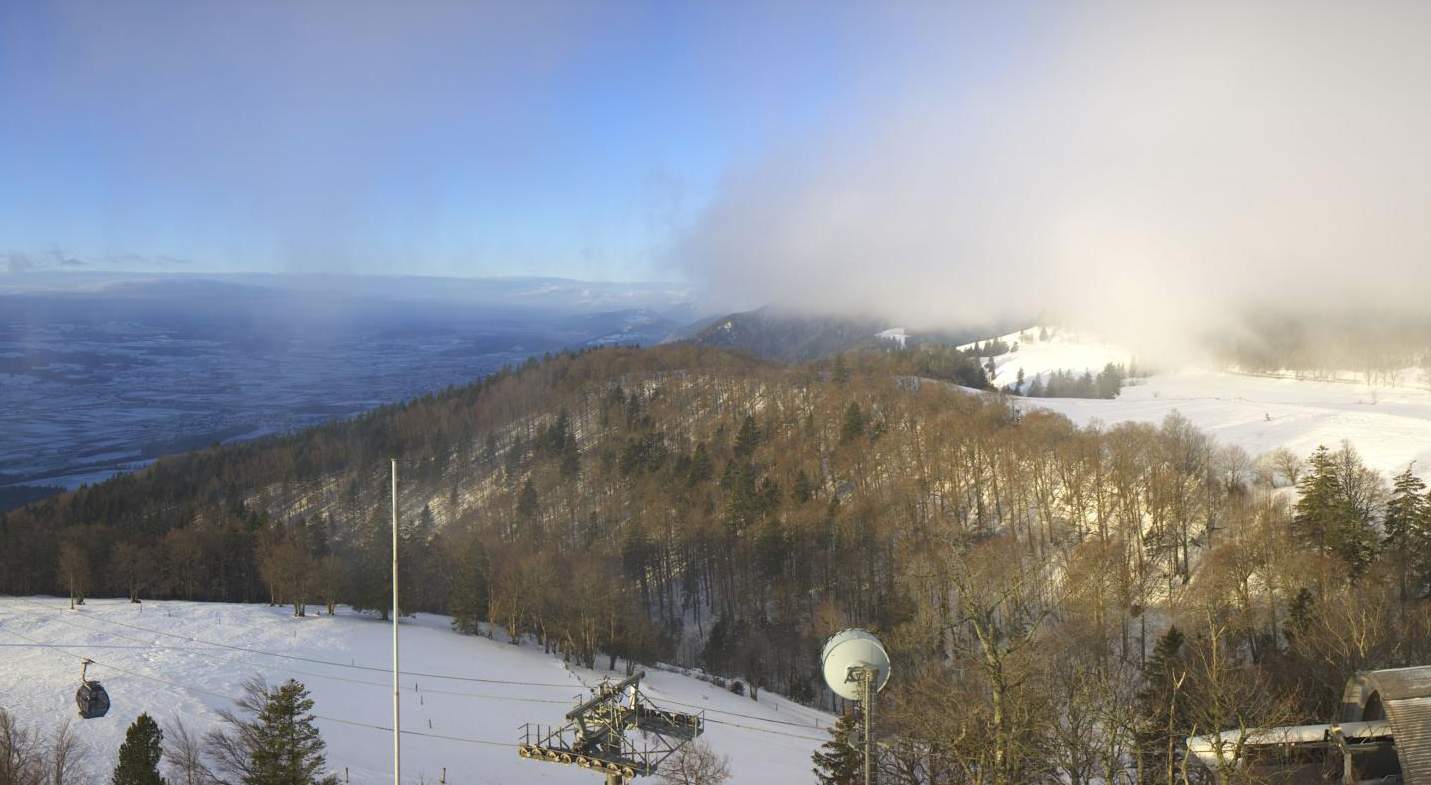Although the Atlantic hurricane season does not officially start until June 1, it is already casting its shadow in terms of forecasts. It promises to be exciting, because various factors are coming together. As a result, it is not surprising that the forecasts of the various institutions differ considerably with regard to the course of the storm season.
Arlene – the first storm of the season
Arlene formed in the Gulf of Mexico on June 1 and was upgraded to a tropical storm the following day, as a result the system received its first name on the reserved list for this season. The storm approached Cuba but has since dissipated. The names already defined are:
|
|
|
|
|
|
|
|
|
|
|
|
|
|
|
|
|
|
|
|
|
Official forecast of NOAA
In March and April, weather services and universities already published their forecasts for the 2023 Atlantic hurricane season (they below), now NOAA followed on May 25. It assumes an average activity with a probability of 40%, 30% each for an above- or below-average season.
| Source | Date of forecast | named storms | Hurricanes | strong hurricanes |
| NOAA | May 25, 2023 | 12 to 17 | 5 to 9 | 1 to 4 |
The National Oceanic and Atmospheric Administration (NOAA) also has a wide range of forecasts. It is not only the experts who are looking forward to the coming months with excitement.
El Niño vs. exceptionally high water temperatures
Since our April 13 blog, forecasts for El Niño development have continued to strengthen. The waters off the coast of Peru and Ecuador are already exceptionally warm, and in the coming months this warm-water tongue will continue to extend westward over increasingly large areas of the equatorial Pacific. The dampening influence of this phenomenon, typically for hurricanes, is likely to be limited during the first half of the season, but then increase during the second half. On the other hand, sea surface water temperatures in the Atlantic remain at absolute record levels. There is no sign that this will change in the near future – on the contrary. The degree of the anomaly is frighteningly large and absolutely unique since observations began in 1981, which is why there is a lack of empirical data regarding the hurricane season in this respect. High water temperatures are the real engine for tropical storms!
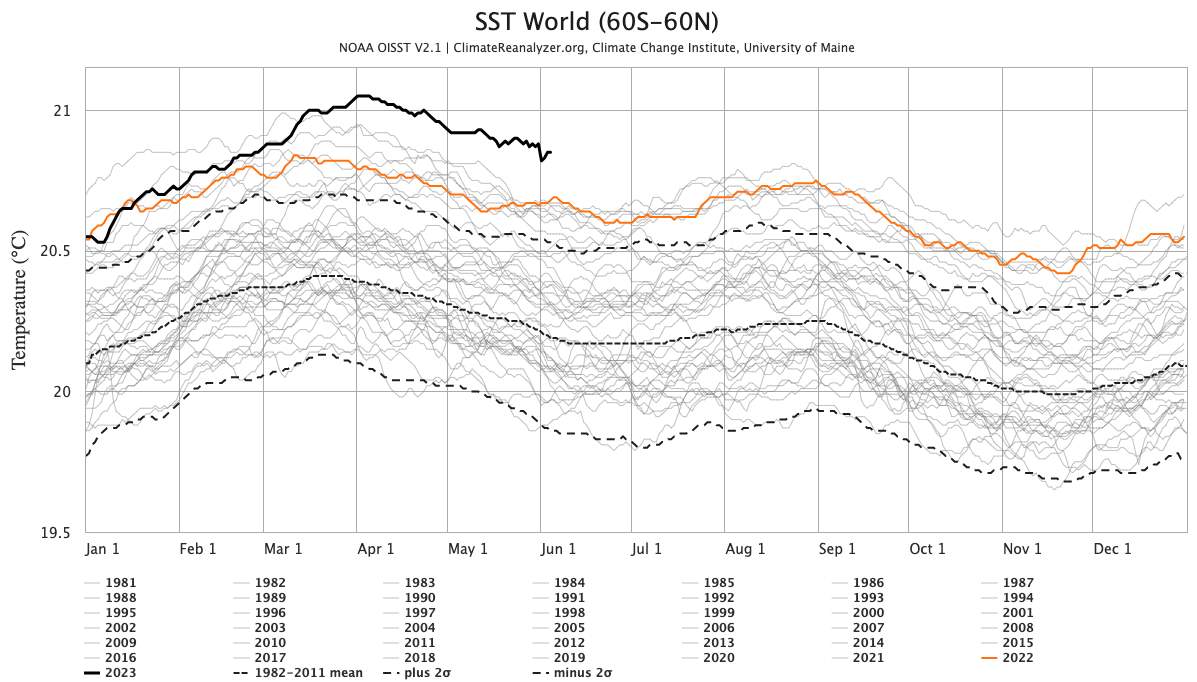
Fig. 1: Average sea surface temperature compared with years since 1981.; Source: climatereanalyzer
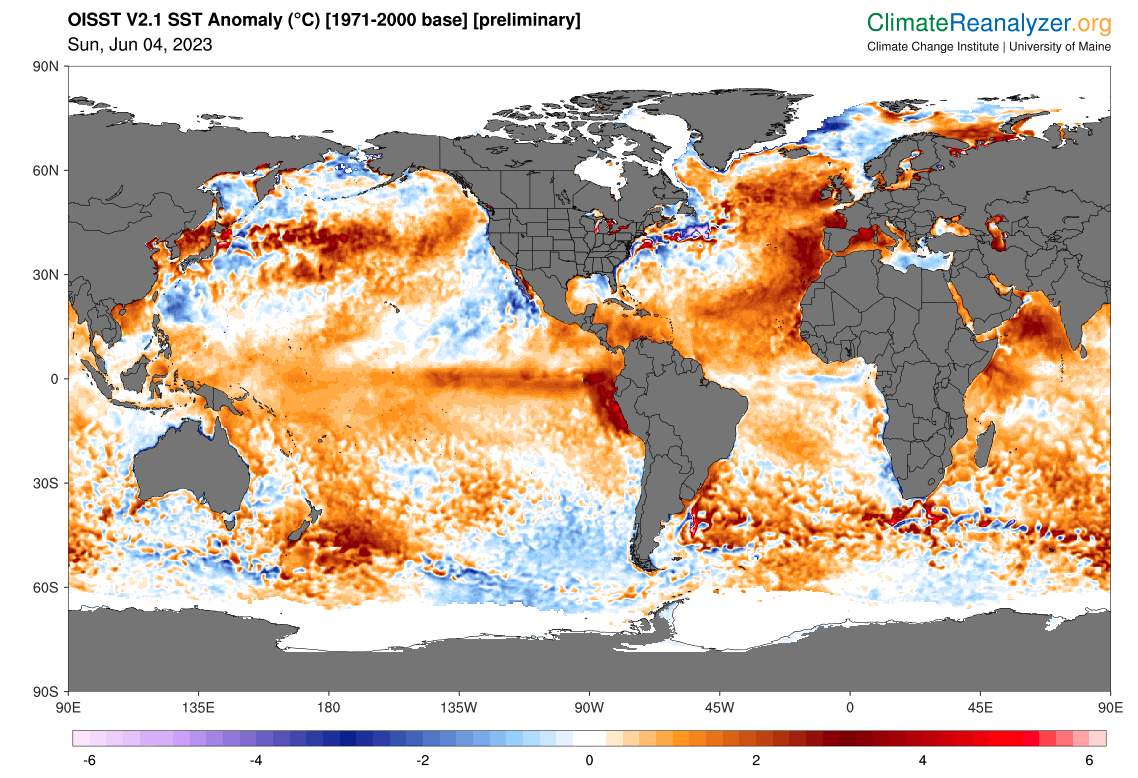
Fig. 2: Current sea surface temperature anomaly; Source: climatereanalyzer
June 1 - November 30
As mentioned above, the season does not officially start until June 1, but the NHC (National Hurricane Center) begins monitoring and regular releases as early as May 15. It lasts until November 30. On average, from 1991 to 2020, 14 named storms developed during a season, 7 of which were hurricanes, again including 3 strong hurricanes of category 3 and higher.
La Niña, many storms
Over the past three years, a total of 65 storms developed in the Atlantic and were given a name. 30 of them in 2020 alone, making this year the current record holder. The 2021 season was also hyperactive, with 21 storms (ranking 3rd). Something similar was expected for 2022, but with 14 storms, the season was "only" average. Common to all years was La Niña. It has been known for some time that La Niña favors the formation of tropical storms and hurricanes in the Atlantic basin. In particular, the lower average vertical wind shear in the region of formation contributes to this. But of course many other factors are important, including the amount of Saharan dust over the Atlantic.
La Niña has disappeared in the meantime, we are currently in a transition phase (ENSO neutral). However, the forecasts have been showing for many weeks, and the latest calculations corroborate this, that El Niño will establish itself in the course of the autumn, and then rapidly intensify. In years with El Niño, the conditions for tropical storm formation in the Atlantic worsen, typically the number is lower and the tracks tend to run further east. This is positive for Central America and the western Gulf Coast, for example, but not for Florida and the southeast coast of the USA.
Lots of warm water
In addition to ENSO, another very important factor is the water temperature at the sea surface in the area of formation. It must be at least 26 to 27 degrees. The higher, the more energy is available to the storm system (via evaporation and condensation). And here, the picture is quite alarming. On a global scale, water temperatures between 60 degrees south and 60 degrees north are currently at absolute record levels! In the comparison of the years since 1981, the SST (Sea Surface Temperature) has never been so high – and that by a large margin!
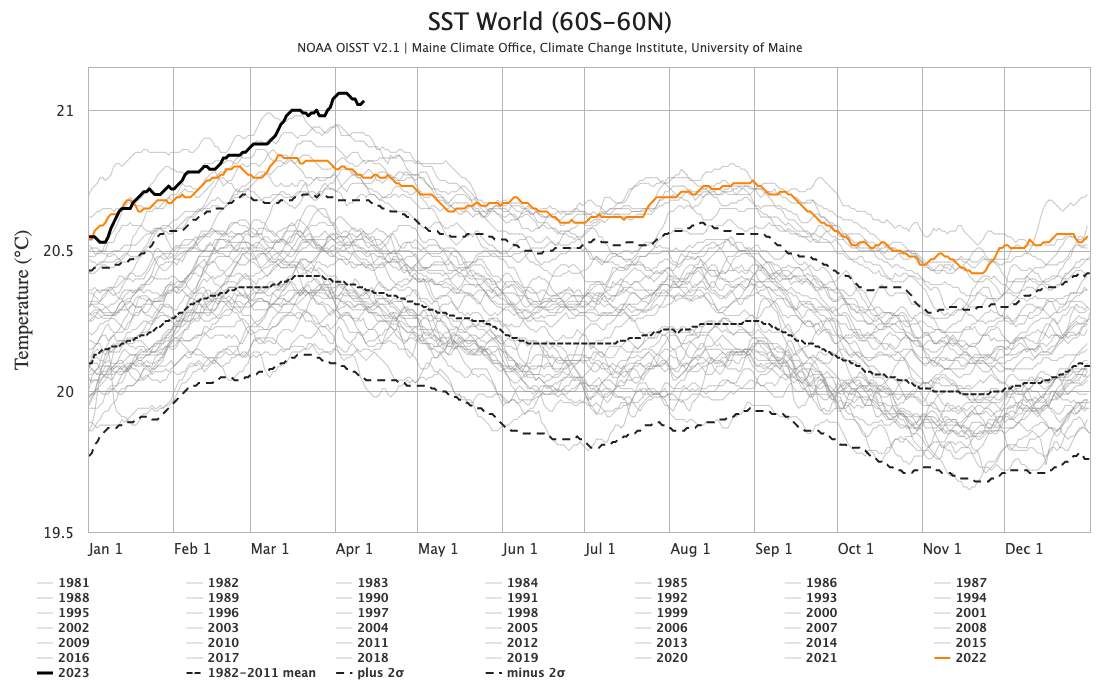
Fig. 1: Average sea surface temperature compared with years since 1981.; Source: climatereanalyzer
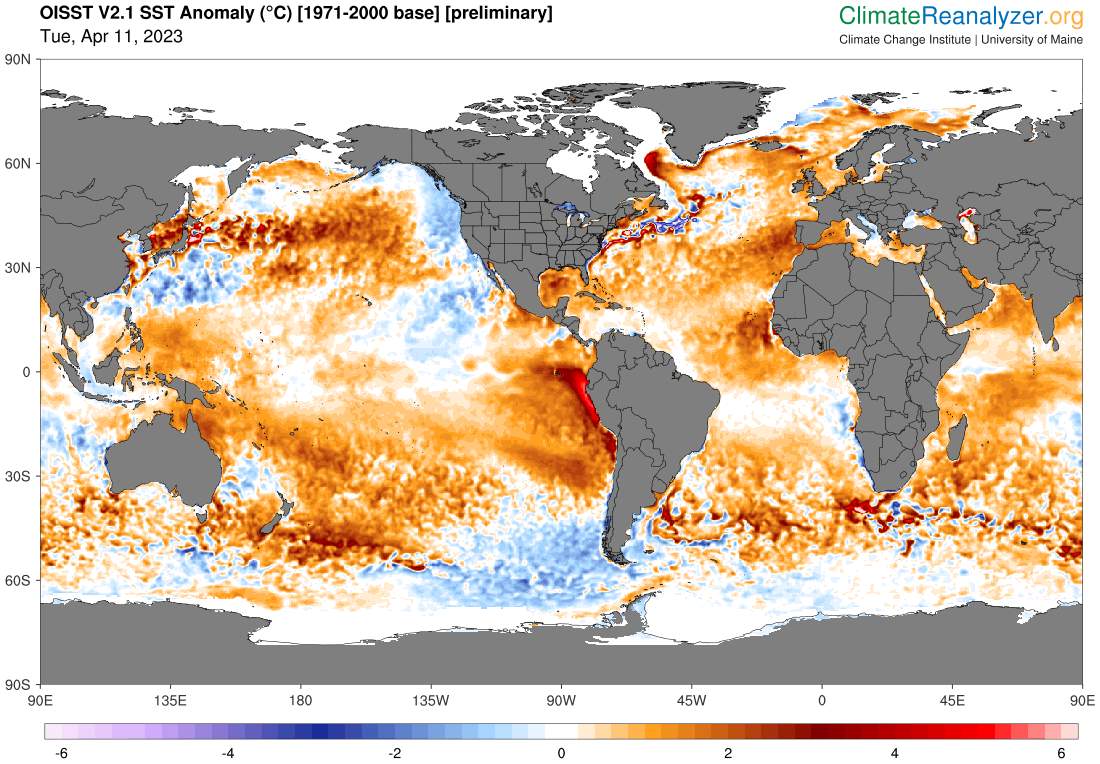
Fig. 2: Current sea surface temperature anomaly; Source: climatereanalyzer
Forecasts
Currently, forecasts are available from Tropical Storm Risk (TSR), ACCU Weather and the University of Arizona (UA). Colorado State University (CSU) forecasts will follow later today. While TSR and ACCU are forecasting an average or slightly below average season, UA is forecasting well above average. The latter forecast weights the high water temperatures more heavily, the other two the influence of the approaching El Niño.
| Source | Forecast date | named storms | Hurricanes | strong hurricanes |
| ACCU | March 30, 2023 | 11 to 15 | 4 to 8 | 1 to 3 |
| TSR | April 6, 2023 | 12 | 6 | 2 |
| UA | April 7, 2023 | 19 | 9 | 5 |
| CSU | April 13, 2023 | 13 | 6 | 2 |
disclaimer
The content of this article has been at least partially computer translated from another language. Therefore, grammatical errors or inaccuracies are possible. Please note that the original language version of the article should be considered authoritative.


